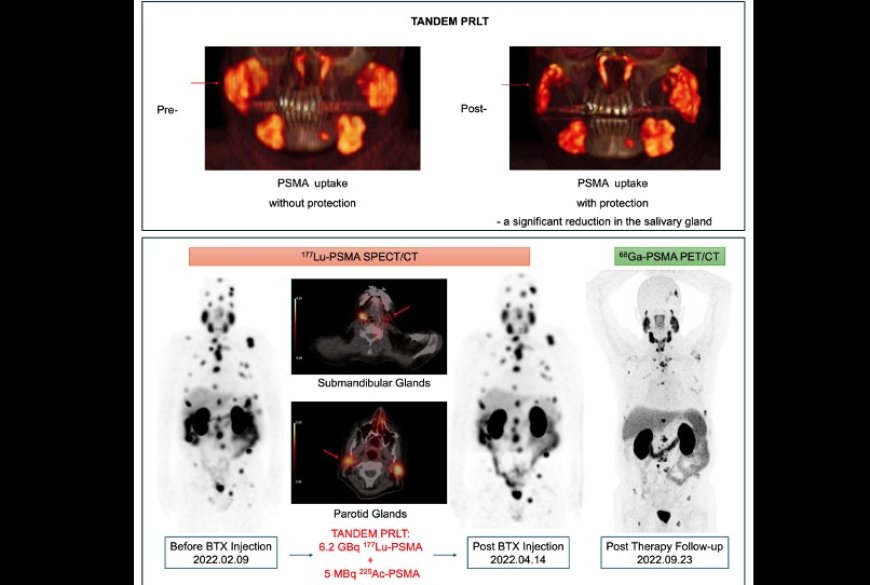Botox Combo May Help Some mCRPC Patients with Dry Mouth Issue
A combination of Botox injections and an anti-nausea patch could assist advanced prostate cancer patients in managing severe dry mouth during therapy, as per early research presented at the 2025 SNMMI annual meeting. The study suggests that this dual-protective approach may allow patients to continue their treatment without interruption.

Botox injections combined with an anti-nausea patch may help advanced metastatic castration-resistant prostate cancer (mCRPC) patients avoid severe dry mouth and continue their radioligand therapy, as suggested by early research presented at the 2025 Society of Nuclear Medicine and Molecular Imaging (SNMMI) annual meeting.
Salivary gland toxicity is a known side effect of some prostate-specific membrane antigen (PSMA)-targeted radioligand therapy (RLT), especially alpha-emitting actinium-225 (Ac-225), which can lead to debilitating dry mouth syndrome, or xerostomia. The combination of botulinum toxin (BTX) Type A (IncoA) and the nausea patch (scopolamine) may offer a dual-protective approach. Both have established safety profiles and could be immediately applied in experienced centers offering PSMA radioligand therapy.
In a preclinical study, 14 patients underwent one to two cycles of tandem PSMA-targeted radioligand therapy, receiving BTX treatments prior to their therapy sessions. The researchers found that BTX-treated glands showed a reduction in PSMA uptake, confirming targeted protection. Patients who received BTX without scopolamine showed no significant difference in uptake between injected and non-injected salivary glands. No patient discontinued combination PSMA therapy due to dry mouth.
The study suggests a promising therapeutic strategy for reducing radiation-induced salivary gland toxicity without compromising PSMA tumor uptake. The combined approach may enhance patient quality of life following PSMA radioligand therapy, particularly with alpha-emitting radionuclides. Further studies with larger patient cohorts and longer follow-up periods are needed to validate these findings.
According to the source: AuntMinnie.
What's Your Reaction?
 Like
0
Like
0
 Dislike
0
Dislike
0
 Love
0
Love
0
 Funny
0
Funny
0
 Angry
0
Angry
0
 Sad
0
Sad
0
 Wow
0
Wow
0























































































































































